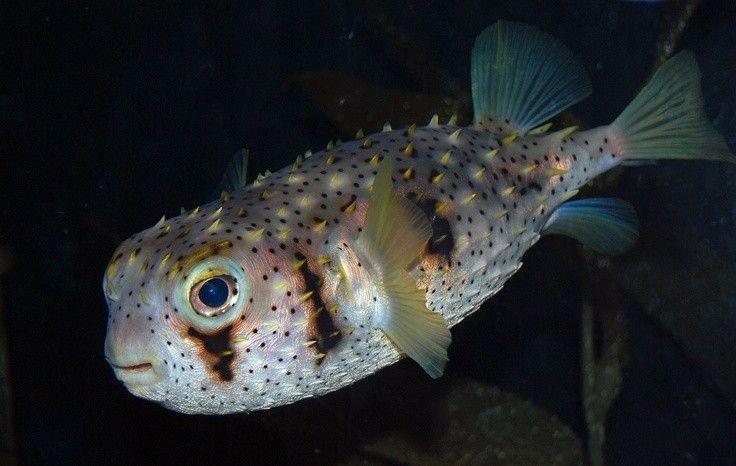
These results suggest that the difference in the accumulation of TTX.
Fugu liver license#
In 2011, the chef at Tokyo's Michelin starred restaurant Fugu Fukuji had his license to serve pufferfish taken away after a customer ended up hospitalized. It is unlikely that the liver slices of filefish as well as pufferfish rapidly excrete TTX. To serve pufferfish, chefs must undergo intensive training which includes a "stringent exam" and practical tests. The Guardian writes that the restaurant that served the pufferfish liver was shut down on Sunday for five days. The liver was served as a traditional dish named fugu-kimo, being widely thought to be a tasty part, but it is also the most poisonous, and serving this organ in restaurants was banned in Japan in 1984. According to the Wall Street Journal, the men who were all in their 40s and 50s 'pleaded' with a restaurant owner to serve them fugu liver in a hot pot. Oleum Fugu ocellatus of the present invention is a kind of marine drug: it has tangible analgesia, presses down tumor, the effect of enhancing human body. Regional health officials said Tuesday a supermarket in Gamagori sold five packages of assorted blowfish meat on Monday. connoisseurs delighted in eating fugu liver to cherish the tingling and. The FDA's website adds that the toxins in pufferfish are "more deadly than the poison cyanide and can affect a person's central nervous system." However, the fish is considered to be a delicacy by many.Īpproximately five hours after eating the liver, the group of men "began showing symptoms of nausea, dizziness, and difficulty breathing." A Japanese official notes that all five were taken to the hospital, but that they are recovering. The fugu's liver is mostly toxic and banned. Japanese scientists have developed a toxic-free blowfish liver that 'kills the thrill' of what can be deadly delicacy. This is why Japanese food safety laws prohibit restaurants from serving pufferfish liver. The deadly poison, tetrodoxin, found in its ovaries, intestines, and liver is 1,250 times more toxic than potassium cyanide, hence the highly methodical. The fish is known to contain deadly toxins in certain parts of its body including the liver. But many restaurants were wary that diners might mistakenly believe that all blowfish liver is safe, or that there would be accidental admixture of safe and.



According to the Wall Street Journal, the men - who were all in their 40s and 50s - "pleaded" with a restaurant owner to serve them fugu liver in a hot pot. A group of five men were hospitalized after eating fugu - or poisonous pufferfish - at a restaurant in Wakayama, Japan. (fugu kimo liver was banned in 1983, although it’s reportedly still clandestinely available at some establishments on request, and those who seek it out are perhaps closer to the death-defiers.


 0 kommentar(er)
0 kommentar(er)
